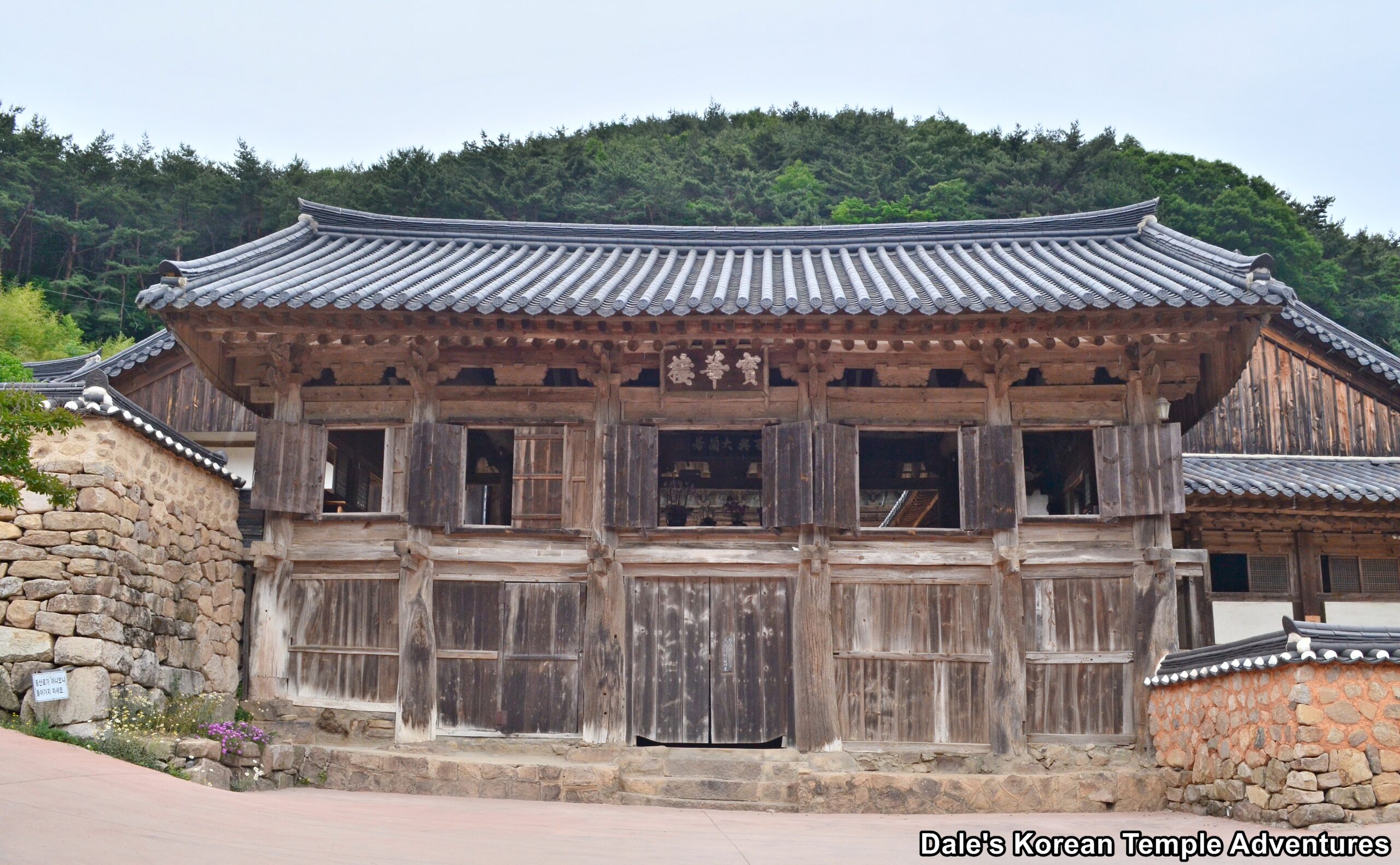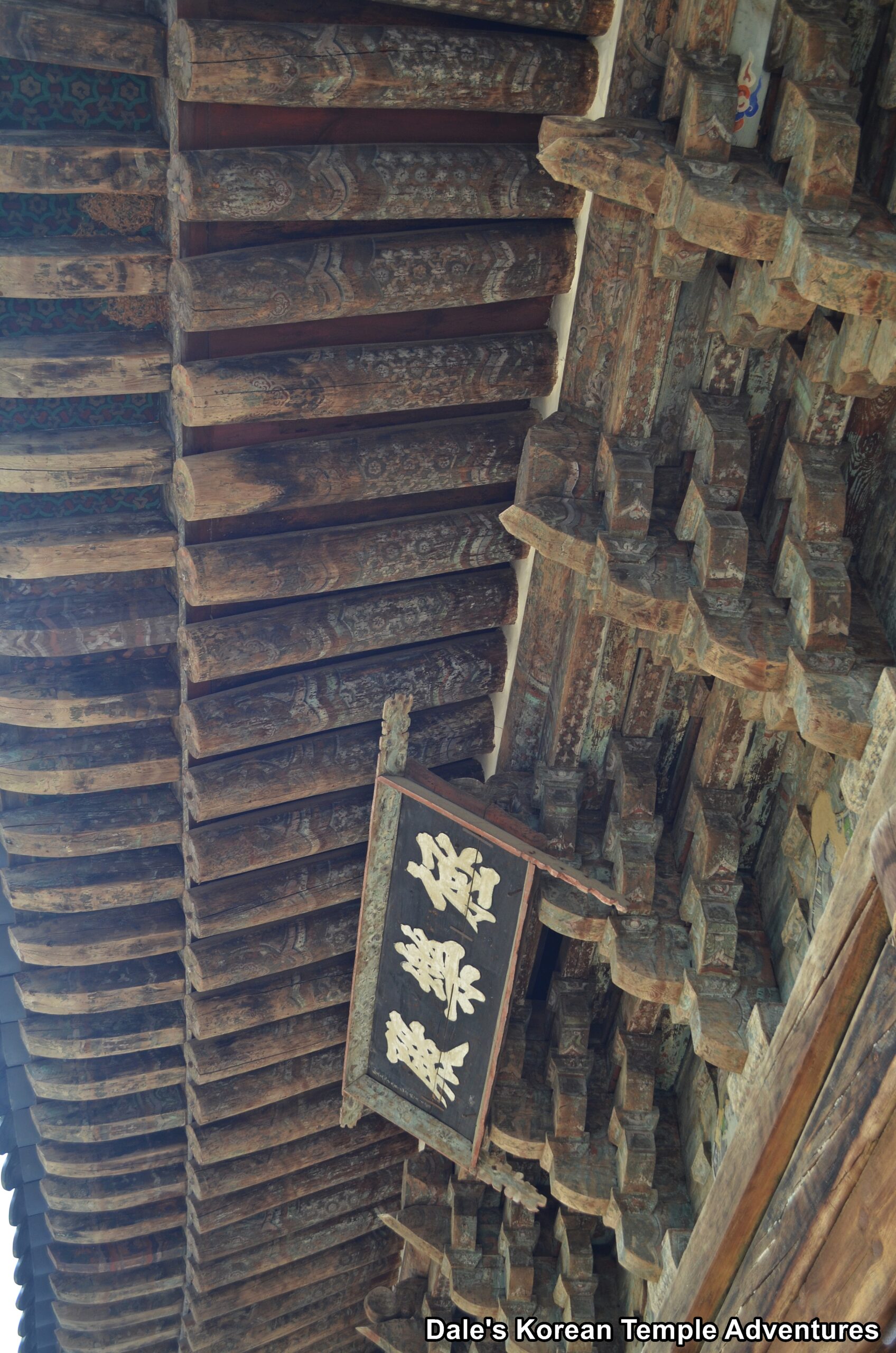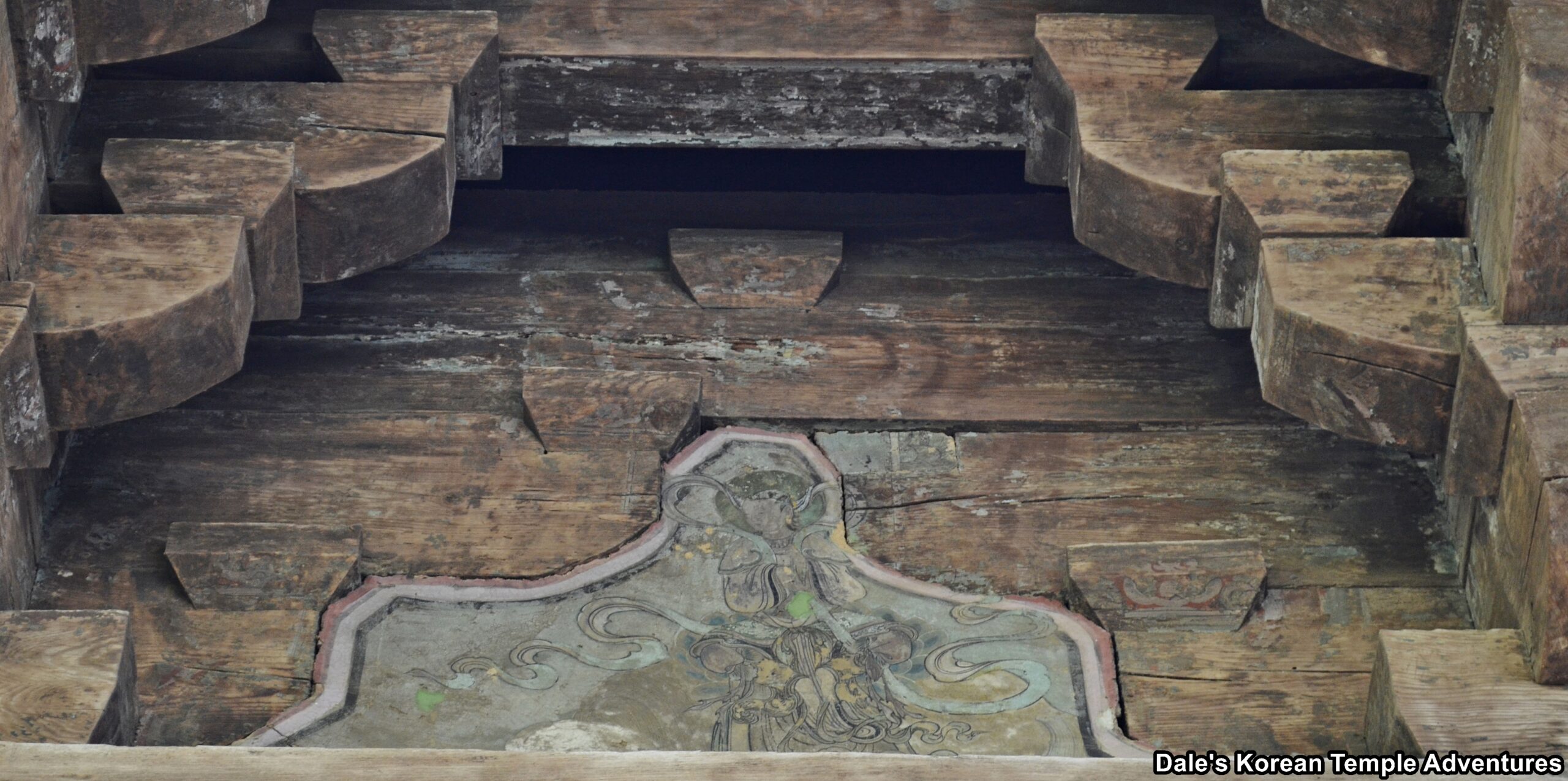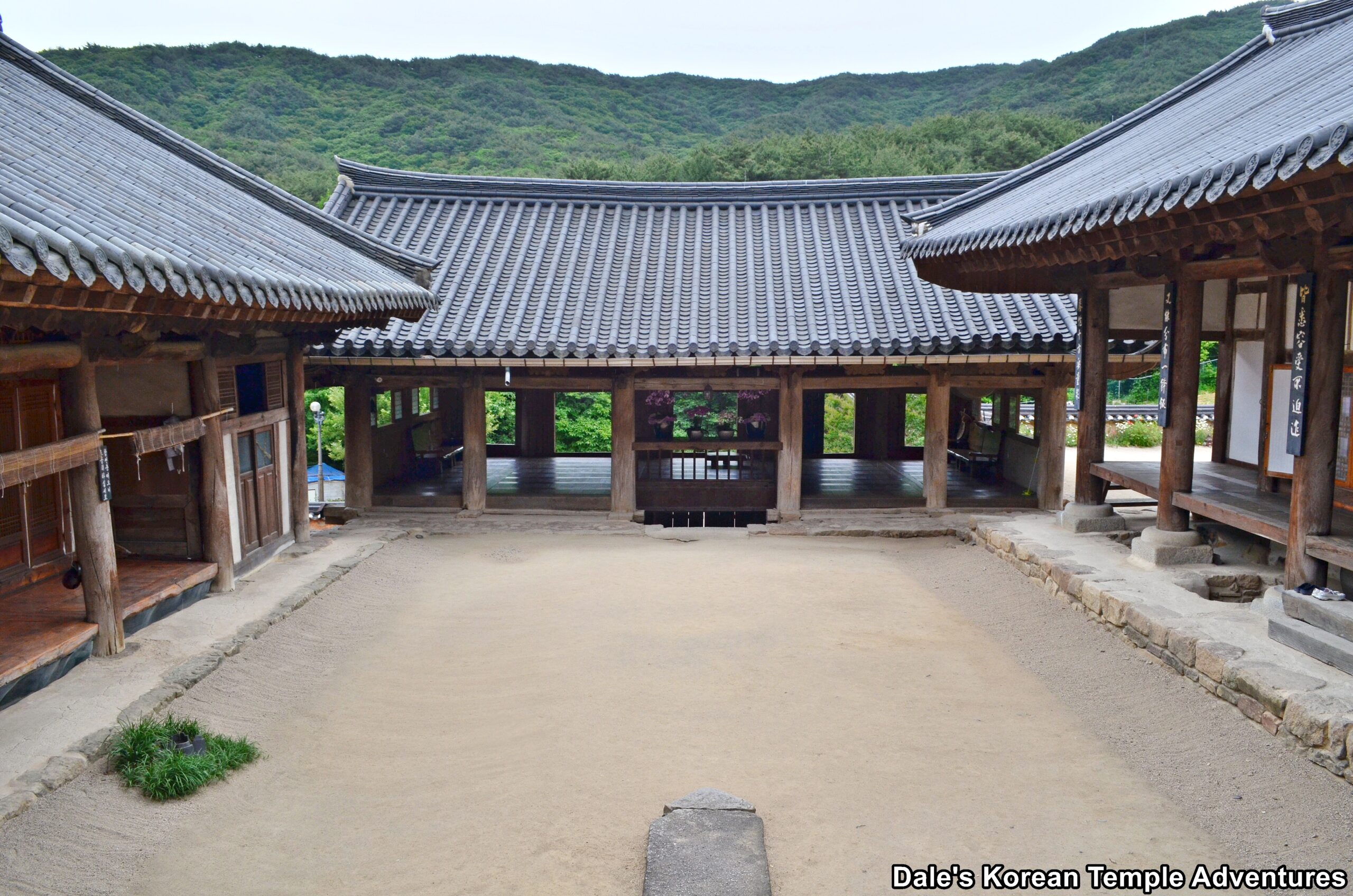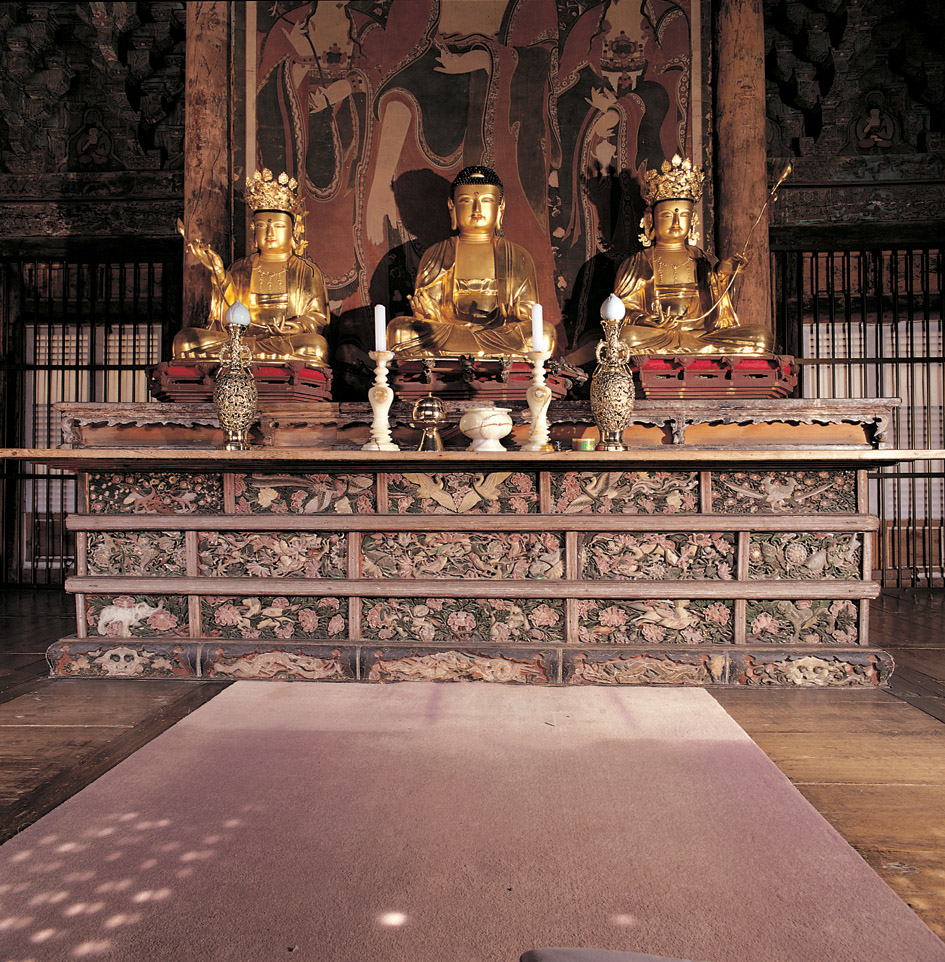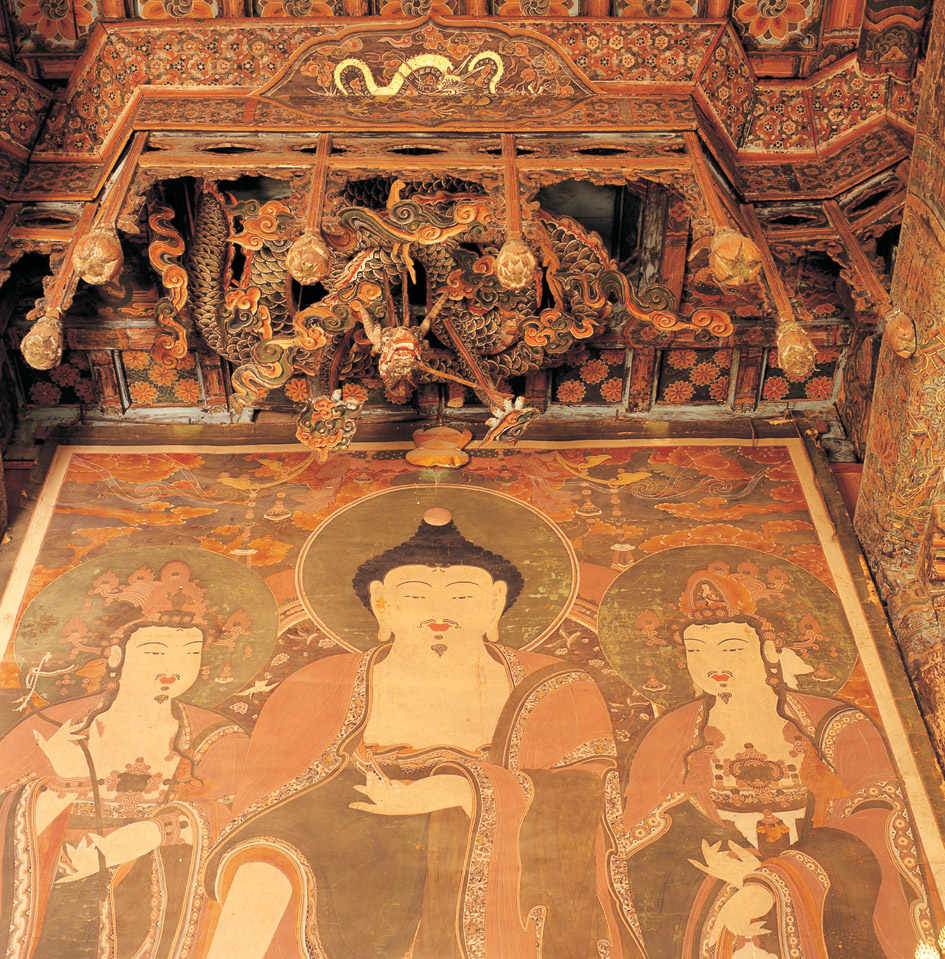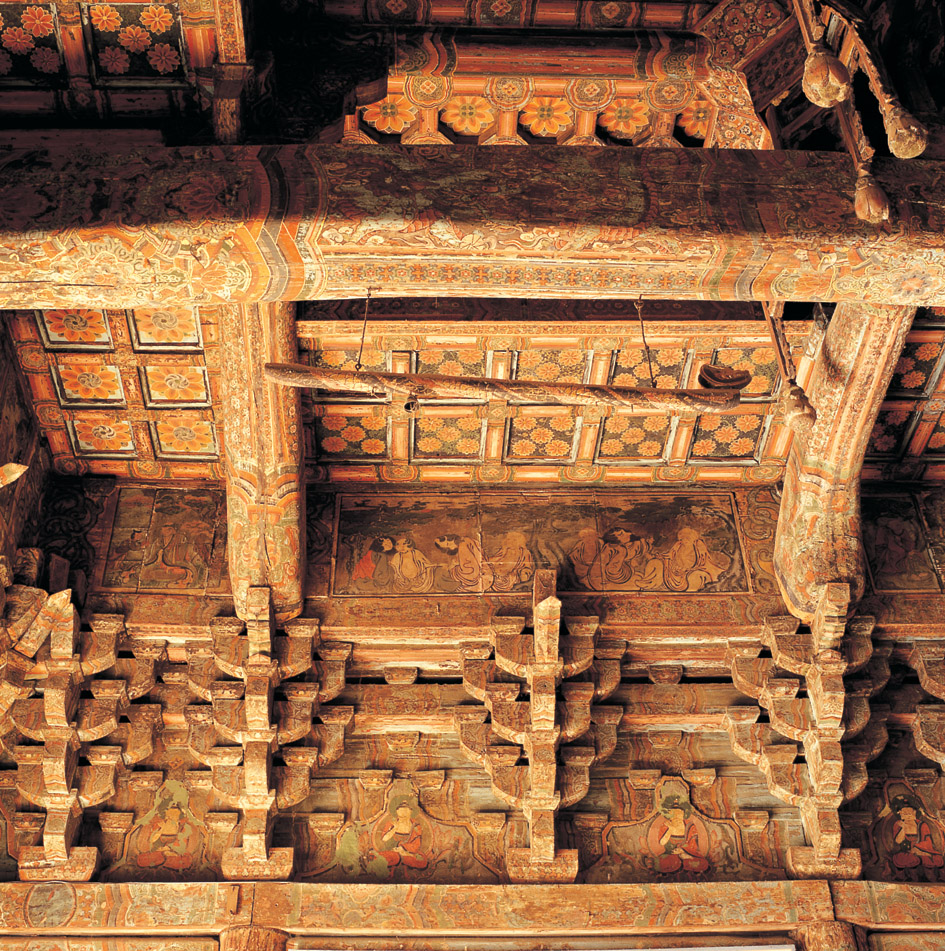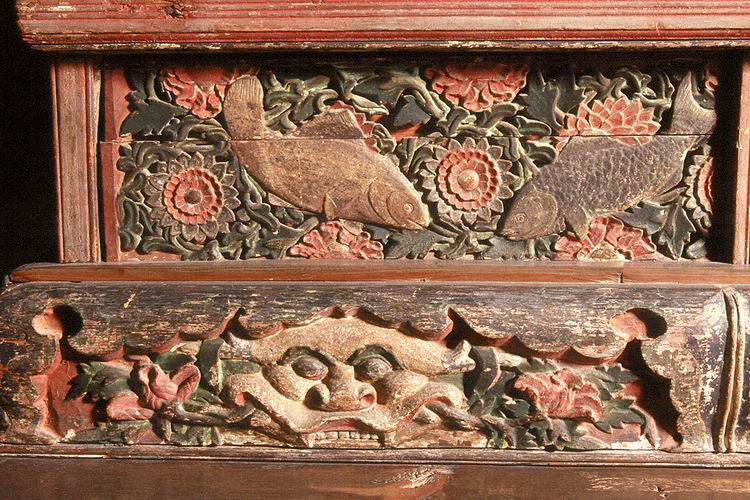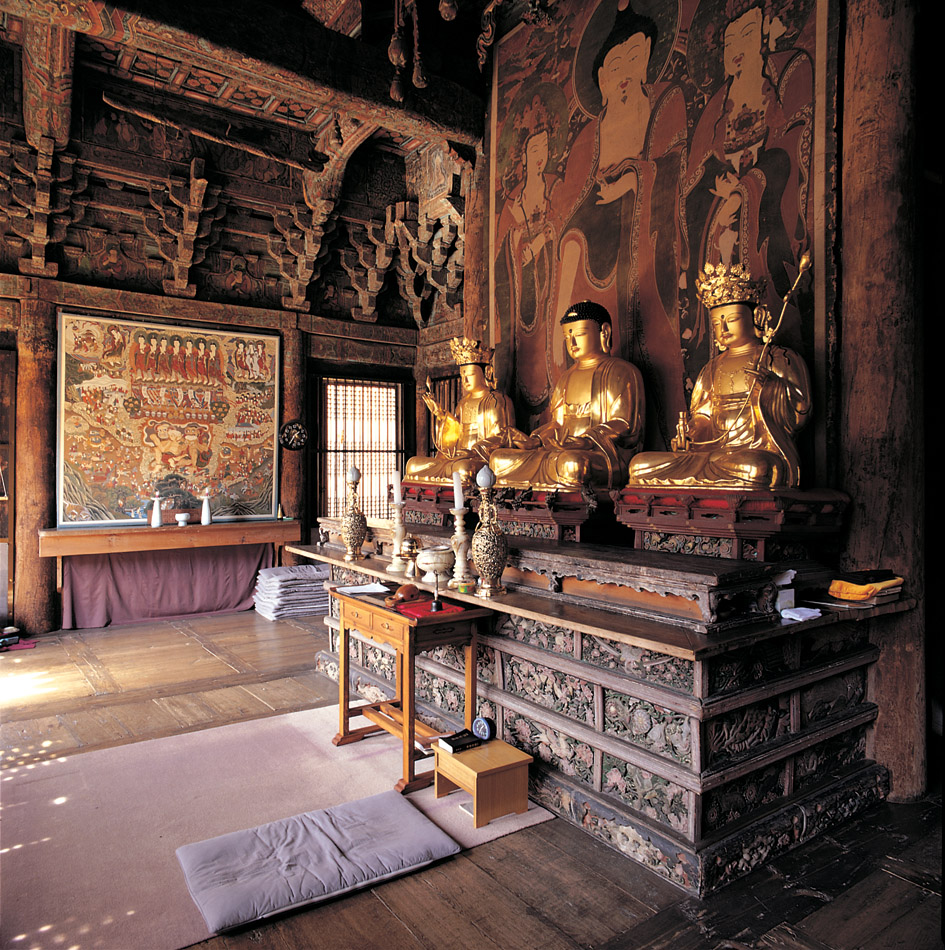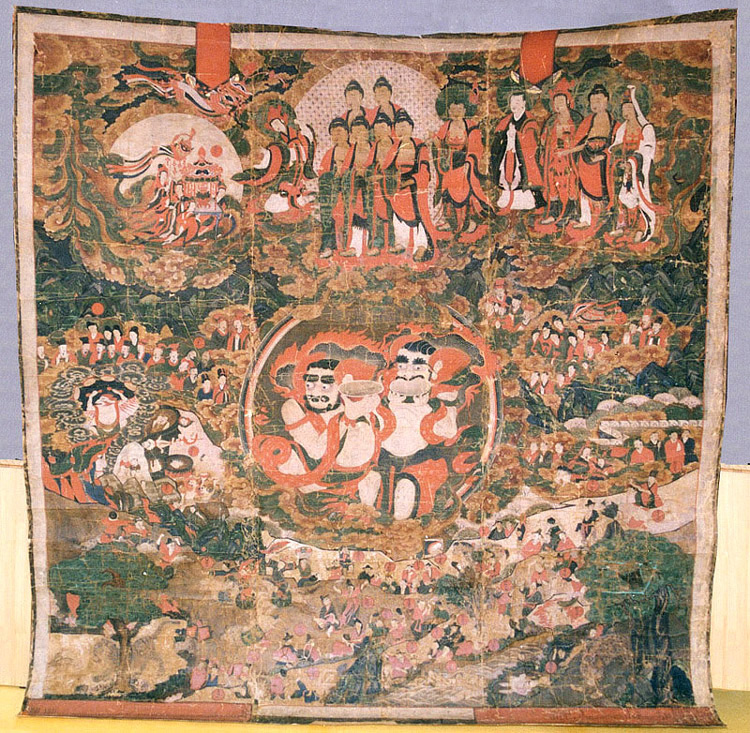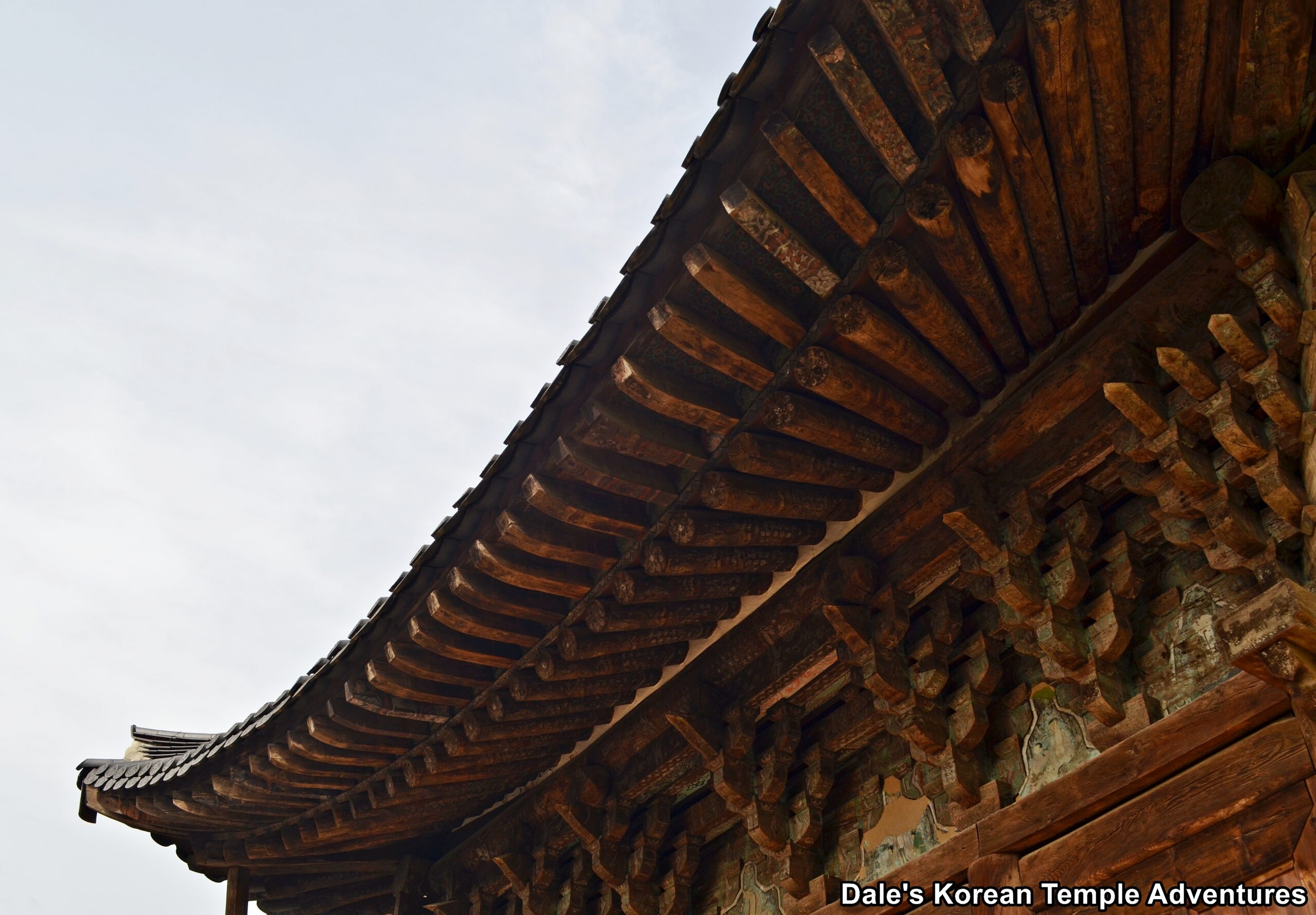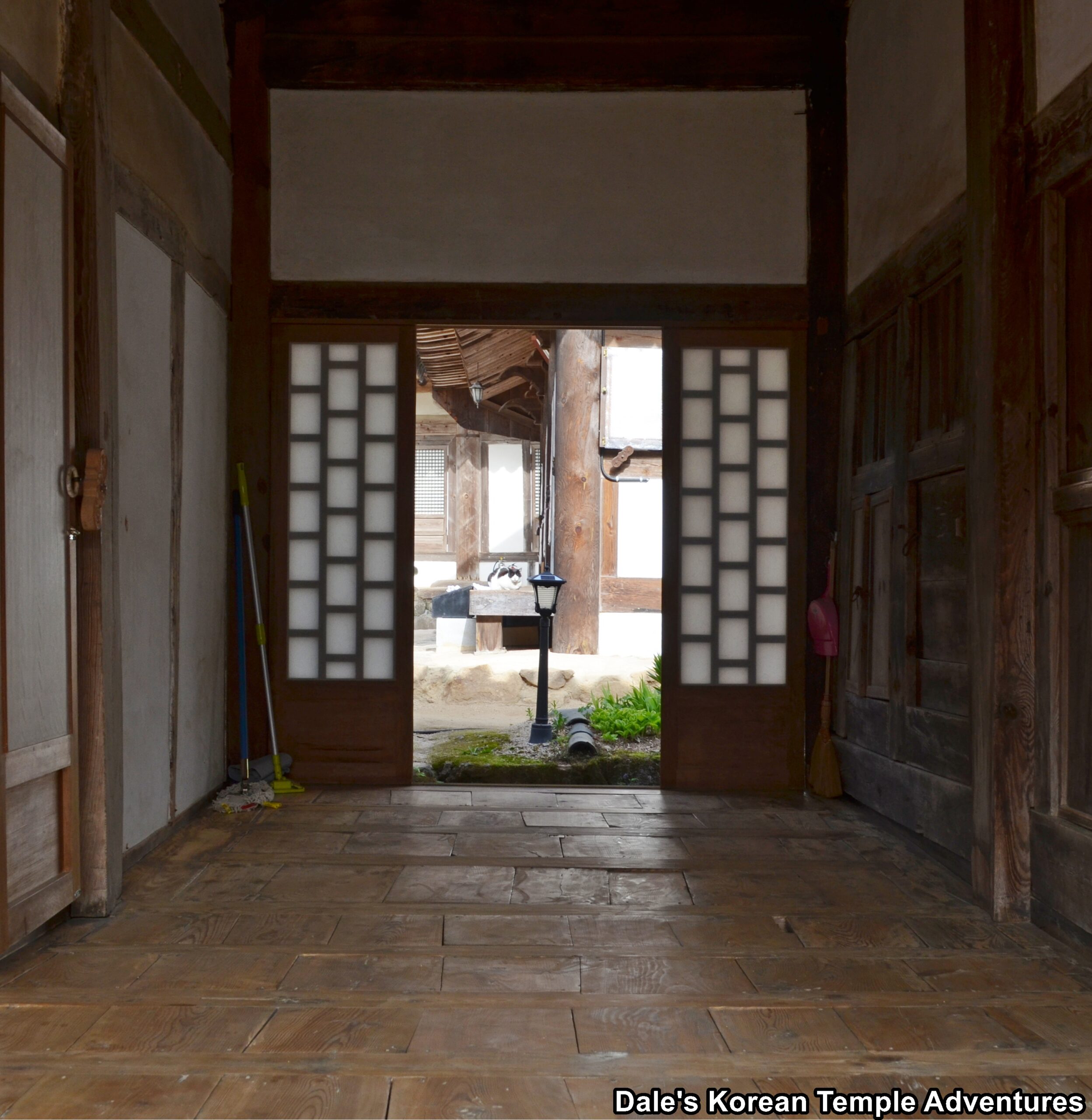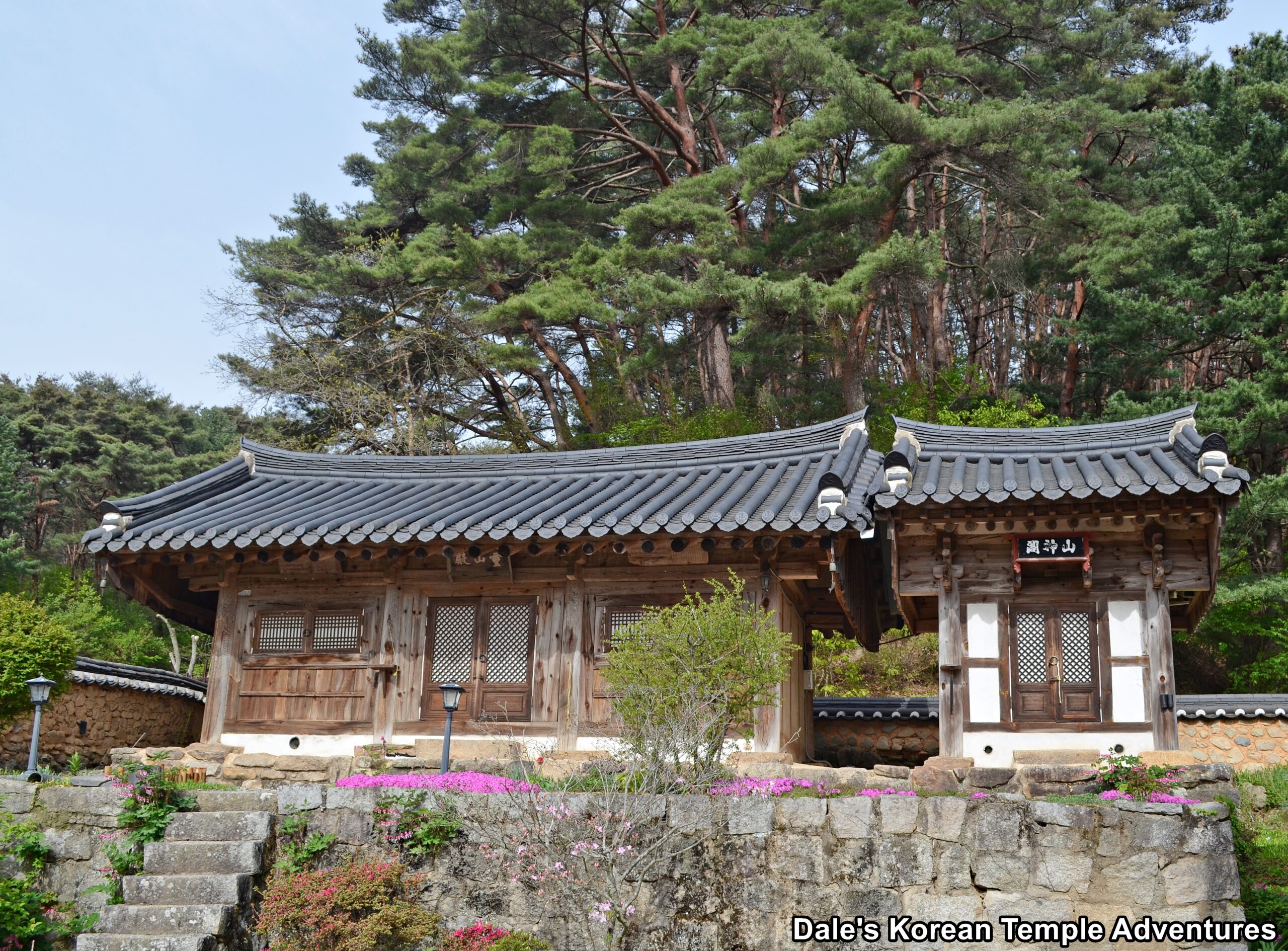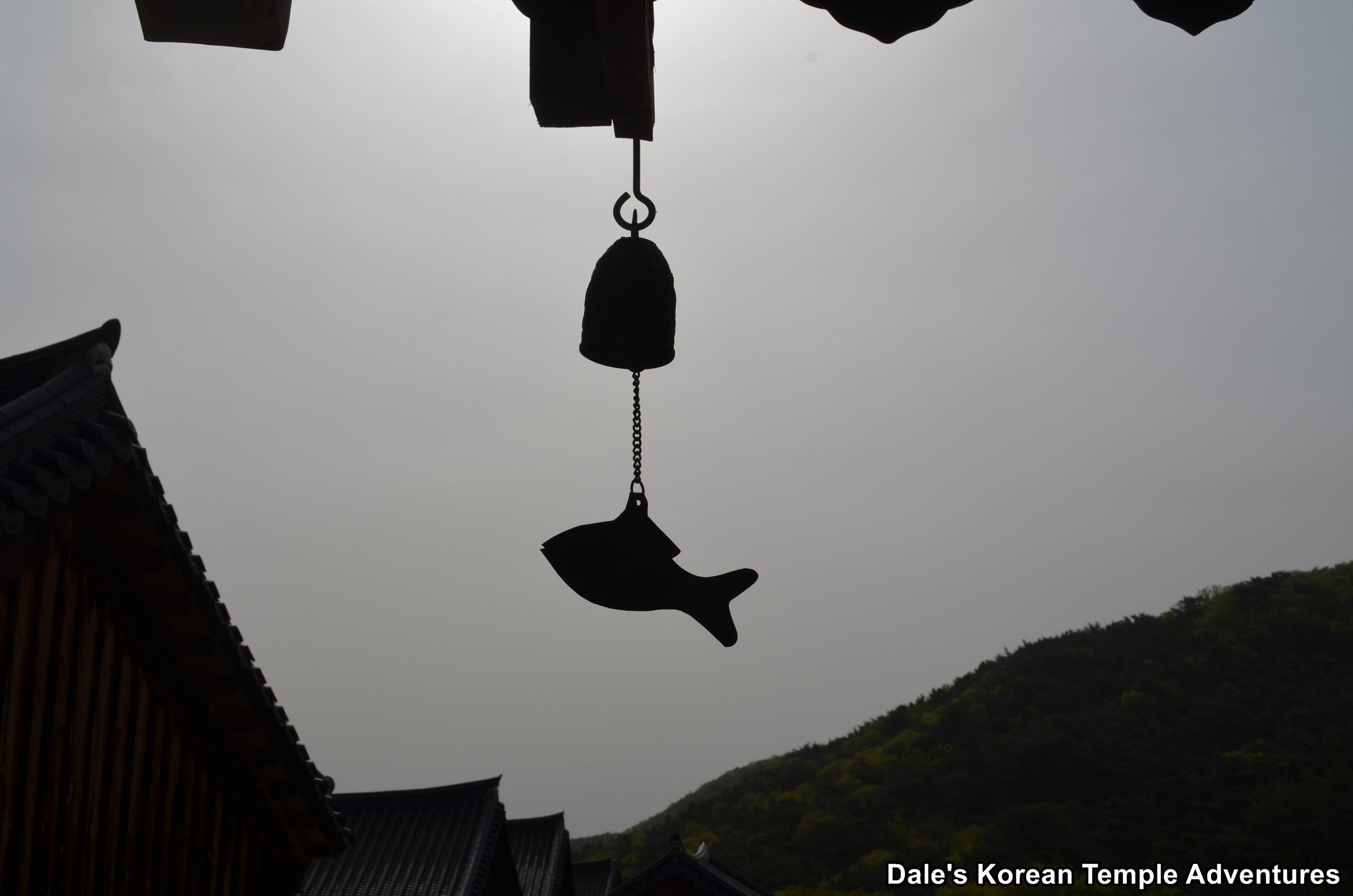Baekheungam Hermitage – 백흥암 (Yeongcheon, Gyeongsangbuk-do)
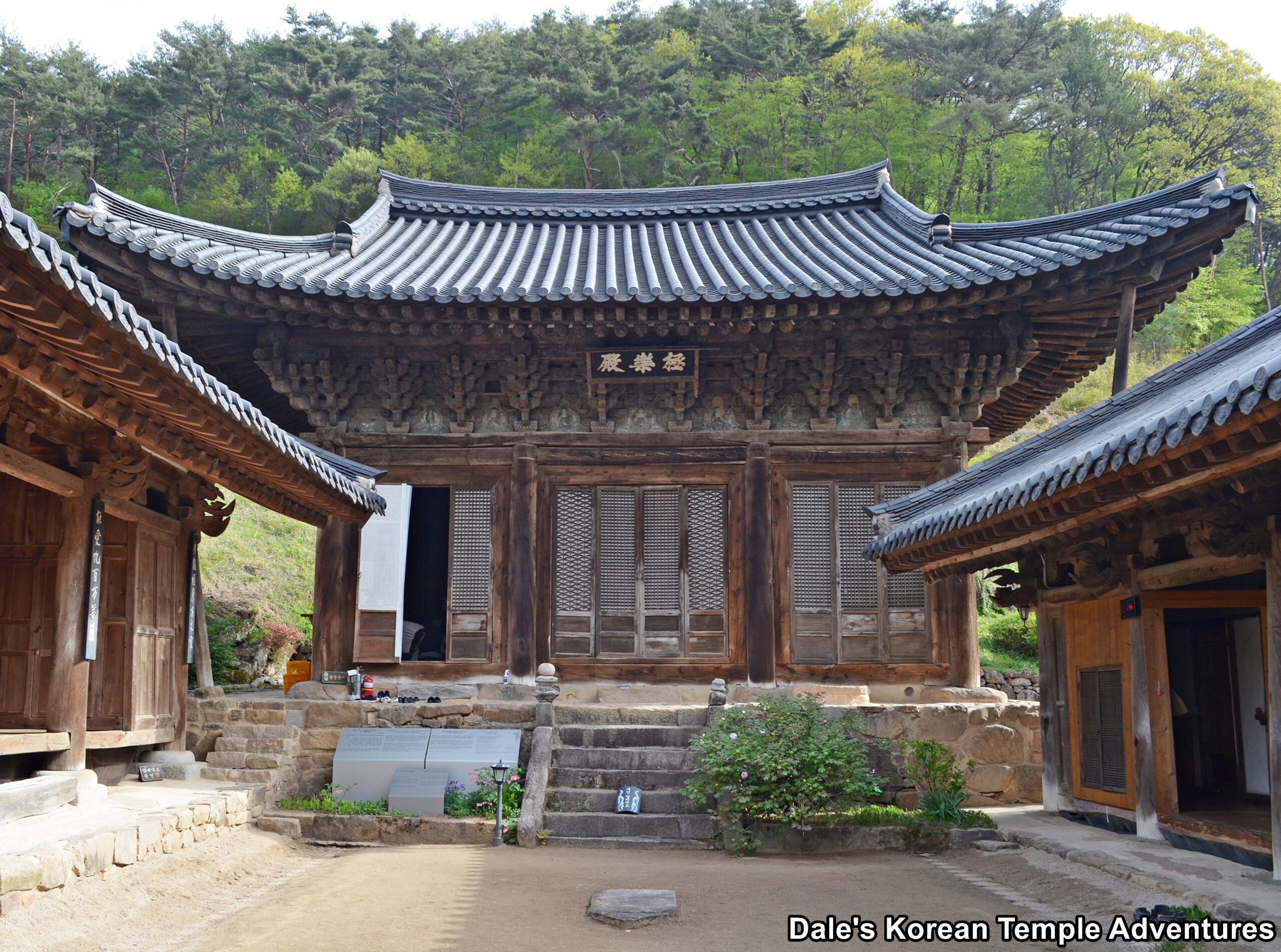
Hermitage History
Baekheungam Hermitage is located in Yeongcheon, Gyeongsangbuk-do on the temple grounds of Eunhaesa Temple. In fact, if you continue to travel west upon one of the temple roads, you’ll come to Baekheungam Hermitage. Baekheungam Hermitage was first founded in 861 A.D., some fifty years after Eunhaesa Temple was first established in 809 A.D. When the hermitage was first founded, it was called Baekjisa Temple. The original name came from the fact that pine nuts were often found around the hermitage grounds.
For several hundred years, there were no records related to Baekheungam Hermitage. It’s not until the early Joseon Dynasty (1392-1910) that we learn more about this hermitage. In 1546, the hermitage was designated as a place to store and protect the placenta chamber of King Injong of Joseon (r. 1544–1545). It was at this time that the hermitage changed its name to its current name of Baekheungam Hermitage.
The hermitage is now used for nuns, or bhikkuni in Korean. In total, Baekheungam Hermitage is home to two Korean Treasures. They are the Buddhist Altar at Baekheungam Hermitage of Eunhaesa Temple, which is Korean Treasure 486; and the other is the Geungnak-jeon Hall of Baekheungam Hermitage of Eunhaesa Temple, which is Korean Treasure #790.
Also be aware that this hermitage is only open twice a year (once for Buddha’s Birthday, and I’m not sure of the other day). The hermitage staff is quite assertive about only visiting the hermitage on these two days. If you visit on any other day, they’ll ask you to leave, and they probably won’t be all that nice about it either.
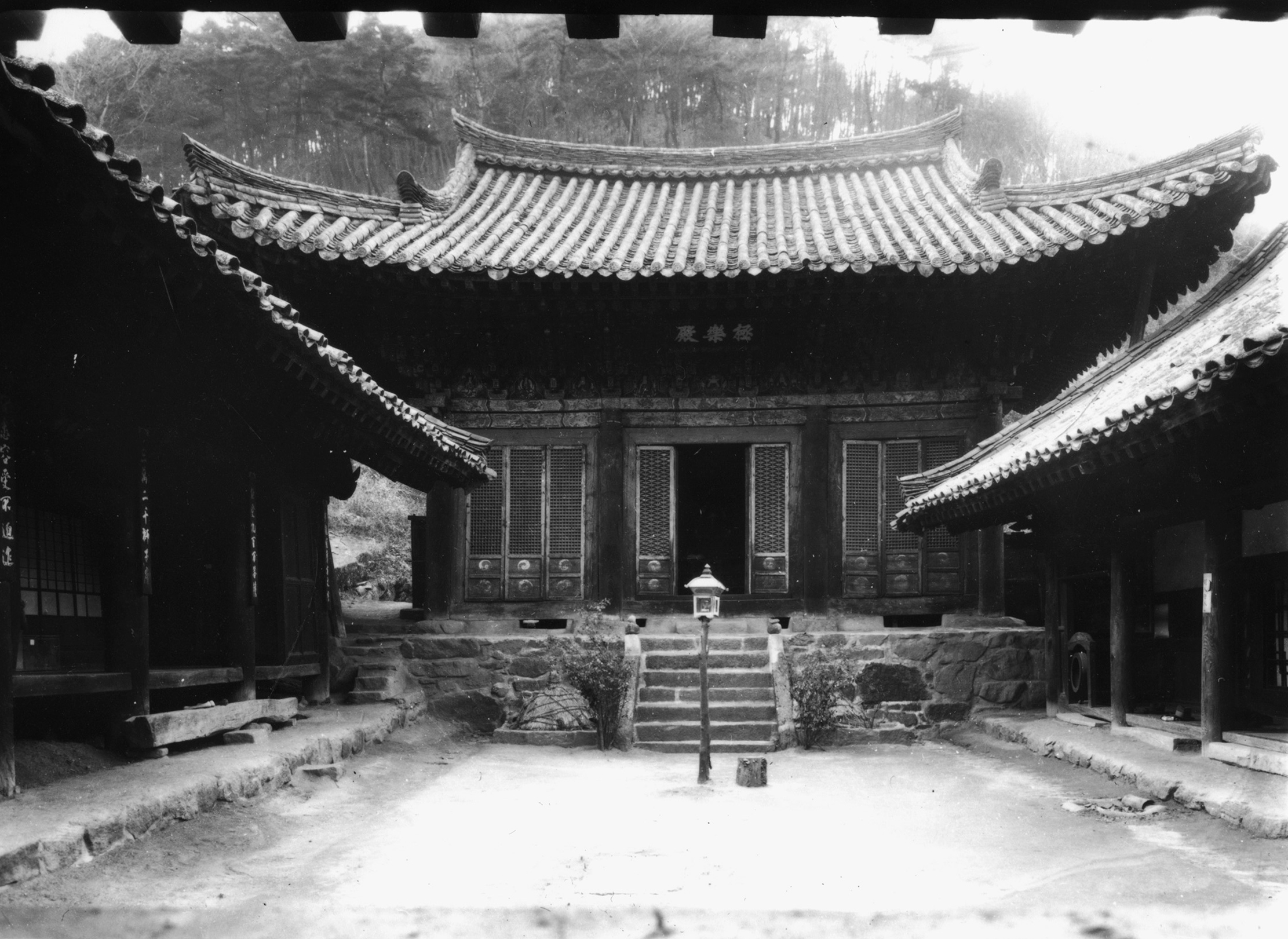
Hermitage Layout
You first approach Baekheungam Hermitage from the south. And the first structure to greet you is the large two-story Bohwa-ru Pavilion. The first story of the structure is the former way that you once entered the hermitage grounds. And the second story acts as a hall for meetings. The exterior walls to the Bohwa-ru Pavilion have retained their natural wood colour with extremely faded dancheong colours.
But it’s between the Bohwa-ru Pavilion and the Simgeop-dang Hall to the right that you’ll enter the main temple courtyard. To your left is the Jinyeong-gak Hall. But it’s straight ahead of you that you’ll find the amazing Geukrak-jeon Hall that dates back to 1643. Like the Bohwa-ru Pavilion, the hermitage has allowed the exterior walls to return to the natural wood colours. But if you look close enough, especially up near the eaves of the shrine hall, you’ll find dancheong colours and images of various Buddhas and Bodhisattvas.
Stepping inside the Geukrak-jeon Hall, and looking up at the ceiling, you’ll find a beautiful collection of dancheong paintings that include flowers, Nahan (The Historical Disciples of the Buddha), Buddhas, Bodhisattvas, and dragons. These paintings are believed to date back to the late Joseon Dynasty (1392-1910). As for the main altar, there are three images. They include the central image of Amita-bul (The Buddha of the Western Paradise), who is joined on either side by Gwanseeum-bosal (The Bodhisattva of Compassion) and Daesaeji-bosal (The Bodhisattva of Wisdom and Power for Amita-bul). This triad rests upon the Buddhist Altar at Baekheungam Hermitage of Eunhaesa Temple. In Korean, this altar is known as the “sumidan,” which is a pedestal modeled after Mt. Sumeru, a sacred mountain with five peak in Buddhist cosmology. This altar is 125 cm in height and 413 cm in width. In total, there are five layers that make up the altar. Each layer is sub-divided into five rectangular-shaped sections. The top layer is engraved with reliefs with panel decorations. The second layer is engraved with phoenixes, peacocks, cranes, and pheasants. The third layer, on the other hand, is very elaborate with dragons, children, fish, and frogs. The fourth layer is engraved with elephants, lions, and deer; all of which are carved inside flower pattern designs. Both ends of the bottom layer of the main altar are carved with faces of Gwimyeon (Monster Masks) and a dragon pattern in the centre of the bottom layer. It’s believed that this wonderful main altar dates back to the late Joseon Dynasty, during the 17th century, when the Geukrak-jeon Hall was first constructed.
The main altar rests under an ornate canopy with a swirling blue dragon on the underside of the canopy. And backing the main altar triad is an older altar mural dedicated to Amita-bul. The final thing in this amazing main hall is the Gamnowang-do (Sweet Dew Mural) that hangs on the far left wall. This older ritual mural dates back to 1792, and it’s Gyeongsangbuk-do Tangible Cultural Property #319. The focus of this mural are the two Hungry Ghosts (Agwi) at the centre of the mural. The mural is quite large in size measuring 218.5 cm wide by 225 cm long. The Gamnowang-do follows the traditional three sections (upper, middle, and lower) of this style of ritual painting. If the Geukrak-jeon Hall is open to the public, take your time and take it all in. You’ll probably never be able to take a picture inside this main hall, but it doesn’t take away from the overall splendor of this amazing structure.
To the right of this courtyard is the administrative offices at Baekheungam Hermitage. And to the left of this courtyard is another courtyard that houses three additional shrine halls at the hermitage. The first of these three shrine halls, and slightly to the right (north) is the Myeongbu-jeon Hall. Behind this shrine hall, and slightly elevated up a set of stairs, are the Sanshin-gak Hall and the Yeongsan-jeon Hall. The larger of the two is the Yeongsan-jeon Hall, which was built in 1858, and it’s to the left. Stepping inside the Yeongsan-jeon Hall, you’ll find an image of Seokgamoni-bul (The Historical Buddha) on the main altar. This central image is joined on either side by sixteen Nahan (The Historical Disciples of the Buddha) statues. These sixteen statues are backed by large murals of the Nahan, as well. And hanging on the far right wall is a smaller Shinjung Taenghwa (Guardian Mural). As for the Sanshin-gak Hall, which is located to the right, it houses a solitary image of Sanshin (The Mountain Spirit).
How To Get There
To get to Baekheungam Hermitage, you’ll first need to get to Eunhaesa Temple, which is where the hermitage is located. You can catch a bus to Eunhaesa Temple from the Yeongcheon Intercity Bus Terminal. These buses leave the terminal eight times a day. The bus ride will take about 45 minutes. From Eunhaesa Temple, you’ll need to walk west of the main temple for 3.5 km. The walk will take anywhere from 45 minutes to an hour depending on ability.
Overall Rating: 6/10
Baekheungam Hermitage is one of the most impressive hermitages that you’ll visit in Korea. The only problem with Baekheungam Hermitage is that it’s typically off-limits to the public. And when it is, in fact, open to the public, it’s closely monitored by the staff at the hermitage. With all that being said, the Geukrak-jeon Hall is one of the most beautiful shrine halls that you’ll visit in Korea with its natural wood exterior and fading dancheong colours. As for the interior, it’s main altar is arguably the most artistically impressive sumidan in all of Korea. Also equally impressive is the Gamnowang-do (Sweet Dew Mural) that hangs to the left of the main altar. Another interesting aspect to the hermitage is that it has just as many shrine halls as a medium sized temple. While you’re probably never going to be able to take pictures at this hermitage, even being able to visiting Baekheungam Hermitage is something pretty special.
